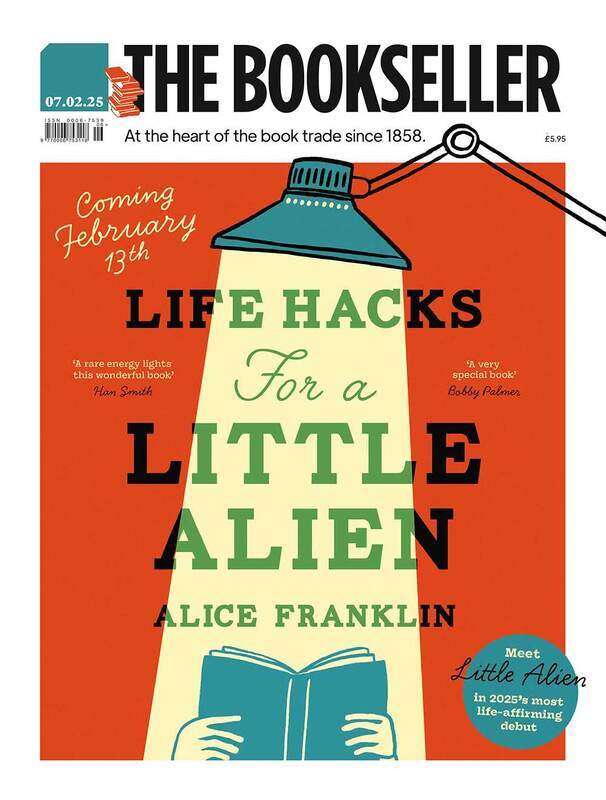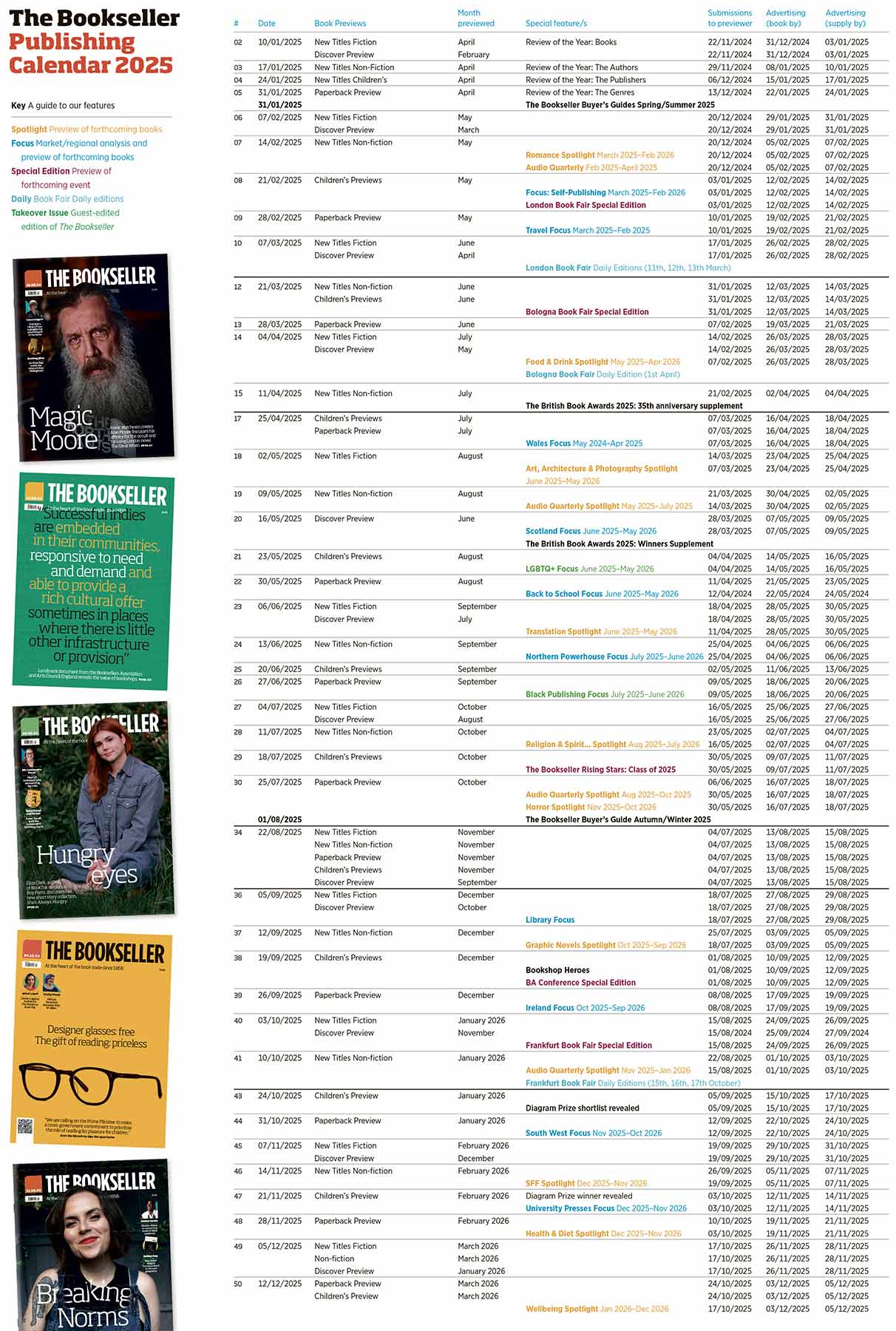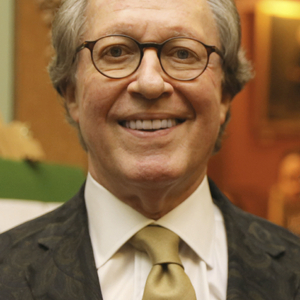You are viewing your 1 free article this month. Login to read more articles.
Cracking the code
How did Doubleday transform an unknown, essentially failed novelist into a worldwide superstar?
I do not consider publishing The Da Vinci Code the defining moment of my career in books. I am not sure if I could name a publication that was. But being in charge of such a momentous publication was enormously exciting. Dan Brown’s extraordinarily well-crafted novel published in 2003, has broken all kinds of records.
How did Doubleday transform an unknown, essentially failed novelist into a worldwide superstar?
Let’s return to 2001. An editor newly hired by Doubleday, Jason Kaufman, wants to bring one of his authors with him. We read the proposal and it is so persuasive that, despite Dan’s foul sales track, we make a two-book offer.
One year later Dan delivers 150 pages of what would become The Da Vinci Code, and we send the pages to sales and marketing folk for internal reads. The response is universally euphoric. We invite Dan to our sales conference and discover instantly what a secret weapon he is going to be. Dan charms one and all with his Ivy League good looks, undeniable smarts, and appealing modesty.
The momentum begins to build.
A normal first printing of advance reading copies, even for a brand-name author, is 3,000 copies. We make the unprecedented decision to order 10,000 ARCs for The Da Vinci Code for one reason only: we are determined that booksellers and the publishing community read it; that the only way to assure success is to get those reads.
In September 2002 we mail the first wave of ARCs, and we launch our secret weapon, Dan, to meet with top management at the bookselling chains. Mailings often had different covers. This first one was designed only as a marketing tool, so the jacket contained marketing and sales copy.
The greatest example of a sales force and its accounts taking ownership of a book that I had ever encountered
The strategy pays off and soon the word is out: The Da Vinci Code is the buzz book of the publishing community, and we receive hundreds requests for advance copies. We have succeeded in getting the book read, and the response works in ways beyond our wildest expectations.
As we approach November we discover that our major accounts begin viewing the book in more ambitious terms. We had announced a 60,000-copy first printing, aggressive for an author whose previous books sold 8,000 copies. But that 60,000 number becomes history when Barnes & Noble increases its copy buy from 15,000 to 80,000 copies. Once Borders hears of B&N’s move, they up their buy as well.
And here it really gets interesting. Our national accounts realize that, given these huge numbers, they cannot rely exclusively on the publisher to market the book and pay for co-operative placement. Instead, the booksellers themselves acknowledge they have to take a proactive role in selling The Da Vinci Code to their customers. This is without doubt the greatest example of a sales force and its accounts taking ownership of a book that I had ever encountered.
As we entered 2003 we shipped another wave of ARCs, this time with the stunning final jacket, which ultimately defined the genre “Da Vinci books,” the many Dan Brown wannabe novels that followed, for years.
Tuesday, March 18, 2003, is the much-anticipated publication date. We have laboured long and hard to seed the marketplace, and the results go way beyond our most out-landish fantasies for what we dubbed “Da Vinci Code Day.”
Our ground plan for the first week on sales has always been to achieve maximum velocity from day one. And sometimes you get lucky. Such is the enthusiasm at the New York Times that critic Janet Maslin breaks pub date by a day. “The word is wow,” Maslin exclaims. “Better than Harry Potter!” The passionate review sets up an anticipation that drives consumers into bookstores to confront 230,000 books, 1,200 floor displays, “Mona Lisa” posters, and an unprecedented online promotion on DaVinciCode.com.
It works. On its first day on sale, the book sells 6,000 copies. By week’s end, sales ride to 23,000 copies. Most dramatically, the novel lands on the coveted #1 perch of the New York Times Best Sellers list.
We have a bona fide hit on our hands, but that only increases the pressure to maximize our success. We happily discover that the sales pattern of The Da Vinci Code is unlike any other bestseller we knew of. Bestsellers tend to start high and trend downward dramatically, sometimes immediately. The Da Vinci Code, on the other hand, starts modestly by bestseller standards and begins an upward trajectory that peaks on Father’s Day, 13 weeks after publication. Then it begins another upward flight that takes it to its best week ever, a staggering 34 weeks after publication.
Around this time we announced a contest, “Uncover the Code,” in which we revealed that the jacket of the novel has four clues hidden in it. Crack the code, and the prize winner receives a trip to Paris. Eight months after its hardcover publication, we unleashed an illustrated edition of the novel for $35 and it took off stratospherically.
Almost everything about this exhilarating publication broke all the traditional rules. Even all these years after the event, the numbers defy all conventional expectations.
Taken from Words and Music: Confessions of an Optimist by Stephen Rubin, this extract has been edited for brevity. © 2023 by Stephen Rubin. Used by permission of Applause Books (applausebooks.com). Publication: 24th March.



















